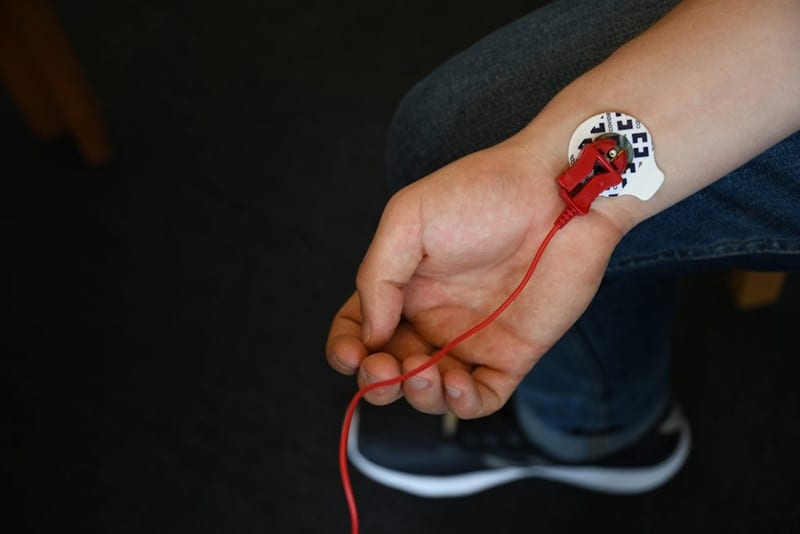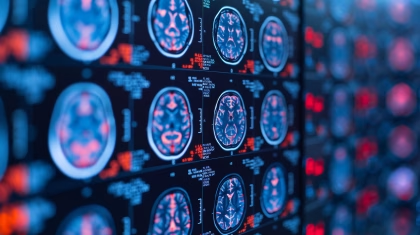Discover the intricacies of the nervous system and its pivotal role in human function. This comprehensive guide covers the fundamental aspects of nervous system research, making it essential reading for students and researchers alike.
Table of Contents
Introduction to the Nervous System
Human behavior is complex, as is the nervous system. There are a number of underlying mechanisms involved in practically every decision, action, thought, feeling, or other measurable behavioral outcomes, and many of which do not necessarily line up with self-report or basic observations.
Behind these decisions, actions, thoughts, and feelings, bodily processes can be found. These shape our responses. These processes aren’t measured through methods such as self-report and observation but can be measured by biosensors. Biosensors can provide deeper insights into constructs like emotional intensity by measuring these underlying systems.
Below, we will provide an overview of one such set of systems, namely the sympathetic and parasympathetic nervous systems, and describe how their activity is associated with changes in emotional arousal, and as a result, human behavior in the real world.
The Human Nervous System
First up, let’s look at the human nervous system. The nervous system is split up into the central nervous system and the peripheral nervous system. The central nervous system includes the brain and spinal cord, while the peripheral nervous system is split up into the somatic and autonomic nervous systems.
The somatic nervous system is involved in the movement of our skeletal muscles. The autonomic nervous system – which as the name suggests is involved in a number of typically automatic, regulatory functions – is then further split up into the sympathetic nervous system (SNS) and the parasympathetic nervous system (PNS).
These two systems are activated in times of arousal or recovery. Put simply, SNS activation leads to a “fight or flight” response, and PNS activation leads to a “rest and digest” response.
The fight or flight response involves the SNS changing activity in the body to help prepare for a perceived threat, and includes: inhibition of the digestive and immune systems, increases in pupil size and heart rate, expansion of the lungs, and the release of epinephrine/norepinephrine. These processes are meant to optimize functions in the body when it’s under attack – you won’t benefit from digesting food, but you’ll likely need more oxygen from the lungs.
To facilitate the rest and digest response, the PNS alters a number of functions in the body to help it recover. These functions are largely mirror opposites of SNS activation, and include: stimulation of the digestive and immune systems, decreases in pupil size and heart rate, and contraction of the lungs. These processes optimize functions in the body at rest, and allow it to focus on maintenance.

These functions appear in not only moments of life-or-death, but also with more common emotional responses. As anyone who has felt the fear of public speaking knows, you don’t have to come face-to-face with a physical threat to feel a fight or flight response.
Autonomic Activity in the Real World
Imagine that you are going through a haunted house and a ghost jumps out at you. Given that you have perceived this as a threat, the SNS kicks in here to mobilize you to either run away (flight) or attack the threat (fight). Once you realize that it is not a real threat, the PNS kicks in to help you relax and recover from the startle.
Remember that the SNS slows down digestion, where the PNS picks it back up, so that ill feeling in your stomach after being startled is explained by the switch between these two branches of the autonomic nervous system. A similar effect occurs when watching a scary movie preview.
Interestingly these same processes take place, albeit in small amounts, when we interact with stimuli that have emotionally evoking elements. While one direct measure of emotional arousal as a result of SNS activation is assessing increases in epinephrine in blood, this measure tends to be invasive and not practical in most research settings.
Fortunately, measures such as electrodermal activity (EDA), electrocardiography (ECG), and respiration are good indicators of emotional activation (whether positive or negative). EDA, heart rate, and respiration are controlled by the autonomic nervous system, and this system is activated in response to emotionally relevant and arousing content. It is important to note that while these non-invasive measures can give you insights into emotional reactivity, not all individuals react the same.

Some individuals may show a heightened sympathetic response to content such as haunted house jump scares, horror movie trailers, or even videos of laughing babies, while others may not show the same response. As such, pairing indices such as EDA which provide a non-invasive and indirect measure of sympathetic activation with other measures such as eye tracking for visual attention, facial expressions for emotional valence, and self-report for preferences will ultimately allow you to paint a more complete picture in your research of human behavior.
I hope you’ve enjoyed reading about the sympathetic and parasympathetic nervous systems – if you’d like to learn more about the processes underlying human behavior, then download our free guide below.
Free 52-page Human Behavior Guide
For Beginners and Intermediates
- Get accessible and comprehensive walkthrough
- Valuable human behavior research insight
- Learn how to take your research to the next level











